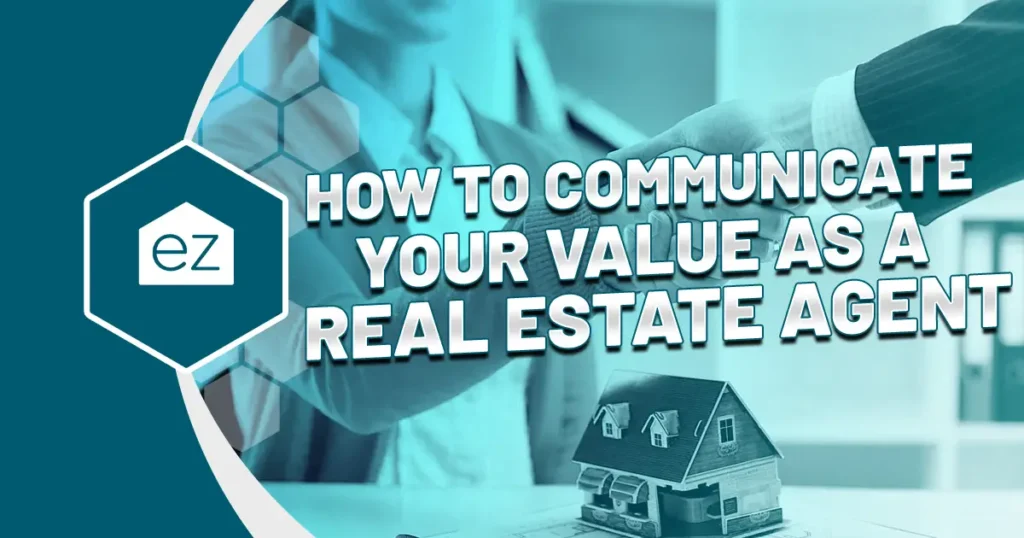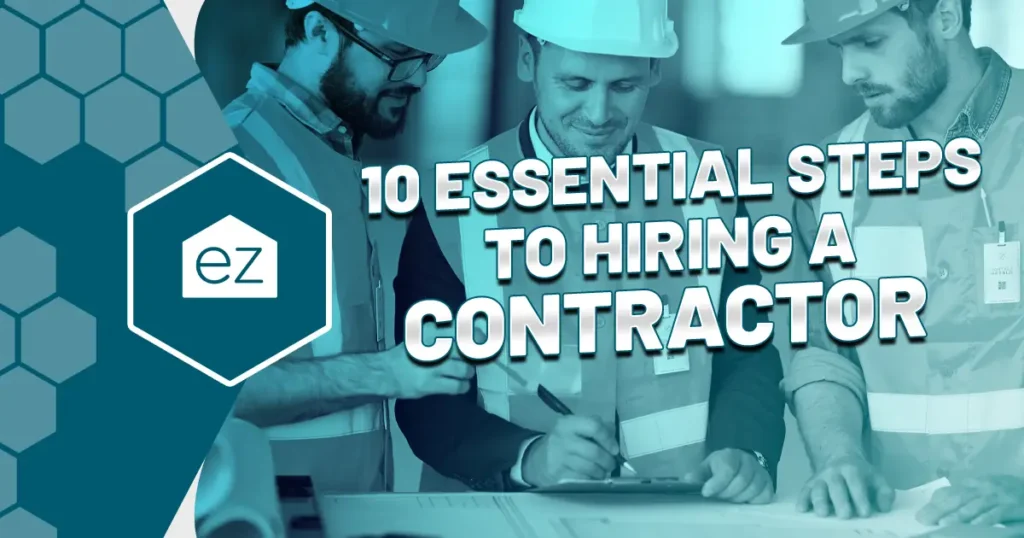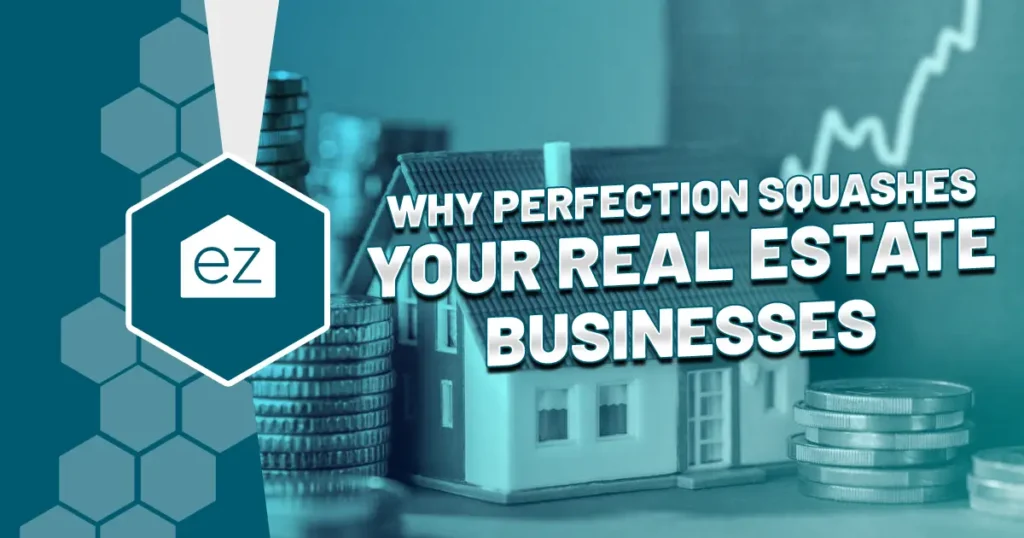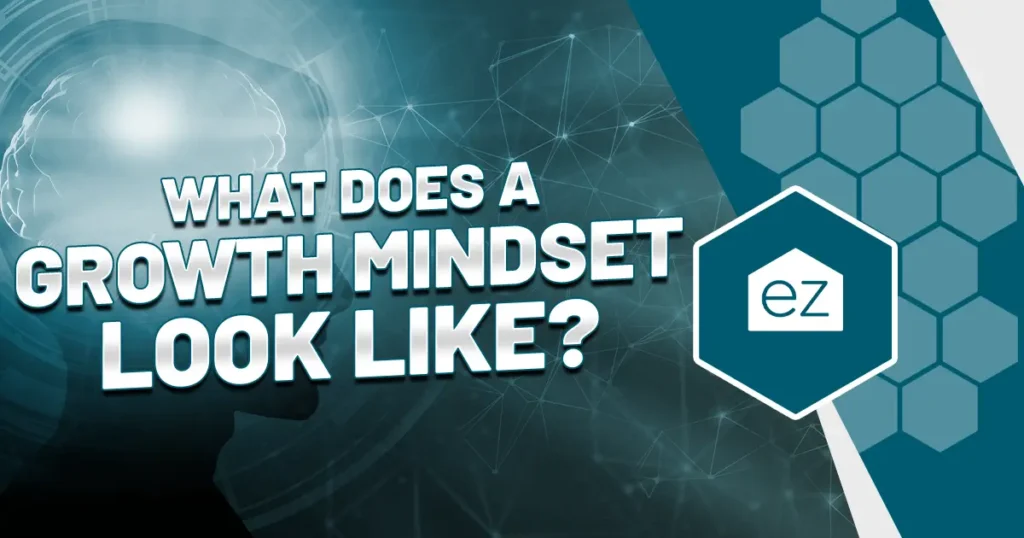PMI and MIP: What They Are And How They Differ
When buying a house, it’s easy to feel every step in the process is filled with completely foreign terms. Two acronyms you’ll hear thrown around about your mortgage are private mortgage insurance (PMI) and mortgage insurance premium (MIP). Some people confuse the two or think they’re the same thing, but that isn’t the case. These are two different add-ons to a home loan. Learn what PMI and MIP are and how they compare.
How Private Mortgage Insurance Works
If you’re using a conventional loan but can’t afford a down payment of at least 20%, you can still get the loan. However, you’ll have to pay private mortgage insurance (PMI) each month. This protects your lender should you default on your loan.
Typically, this type of insurance costs somewhere between 0.5% and 2% of the loan. The exact fee will depend on the size of your mortgage, the down payment, and the loan-to-value ratio. If you’d prefer, you can pay off the PMI in a lump sum when you close on your home rather than over time.
Paying PMI doesn’t last forever. Generally, once your loan balance reaches 78% of your home’s initial value, you own 20% equity in your home, or you are halfway through your amortization period, you won’t have to pay for private mortgage insurance any longer. Some home loans wrap the PMI into the interest rate; in that case, you may need to refinance to remove the PMI from the loan.
How Mortgage Insurance Premiums Work
On the other hand, mortgage insurance premium (MIP) specifically refers to FHA loan insurance. You may also hear it called Up-front Mortgage Insurance (UFMI). Once again, it’s required if you make a down payment of less than 20% on a FHA program loan. Like PMI, it helps minimize the risks to your lender should you default on the loan.
The price you pay for MIP works a little differently than PMI as it’s broken into two parts. The first part is known as the upfront premium. This figure is a flat percentage. Right now, the upfront premium is 1.75% of a home’s value. In addition to the upfront premium, you’ll pay monthly insurance premiums. The monthly payments are based on factors including your loan-to-value ratio, the length of your loan, and its base amount.
Unlike private mortgage insurance, you usually have to continue paying MIP unless you fully refinance your home. If you can refinance with a better down payment and improved credit, you shouldn’t worry about making any more MIP payments.
Find Out if PMI or MIP is Best for Your Needs
So which one is right for you? Everyone’s situation is different and it definitely depends on what loan you opt for. Many people prefer a conventional loan with PMI because it offers greater flexibility than MIP. It also usually has lower rates, and you typically aren’t stuck paying it forever.
Updated April 2024
Start Your Home Search
Preston Guyton
Share this Post
Related Articles
Real Estate Tips
How to Communicate Your Value As A Real Estate Agent
Real Estate Tips
10 Essential Steps to Hiring a Contractor
Real Estate Tips
Why Perfection Squashes Your Real Estate Businesses
Real Estate Tips






